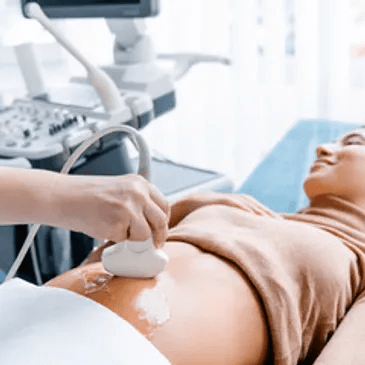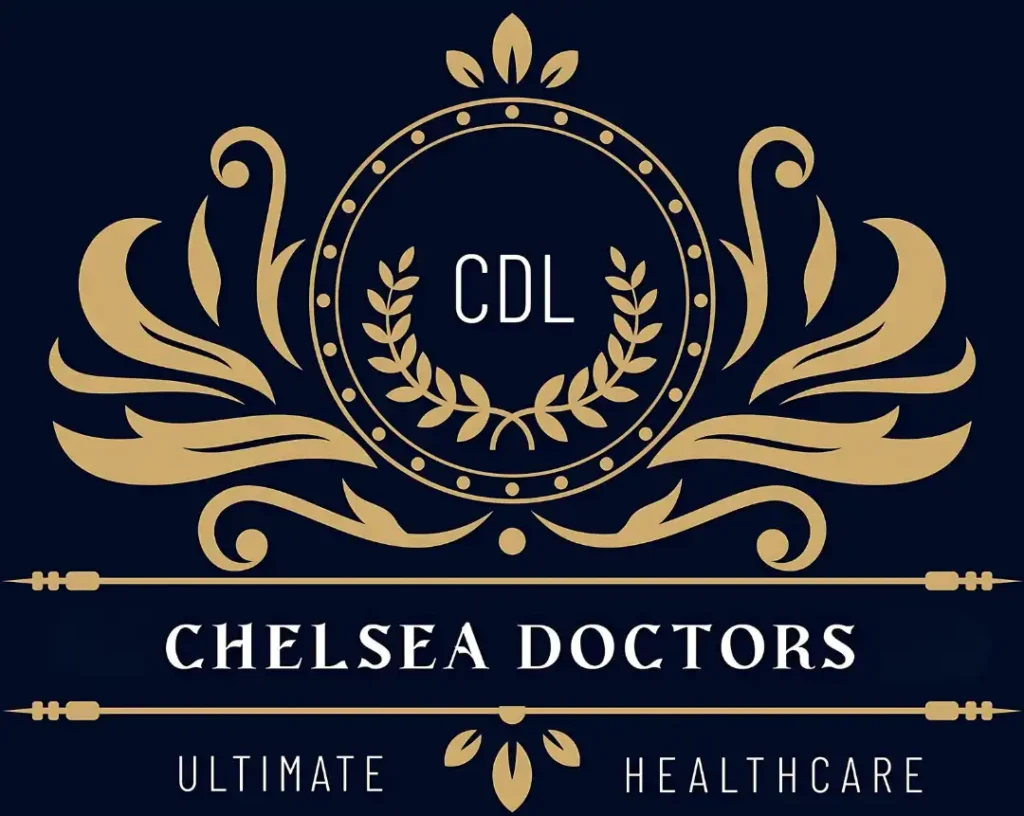Your fertility Journey

- The size, position and appearance of the uterus (womb)
- The endometrium (lining) of the womb, including the thickness and any polyps within.
- The ovaries, including their size and any ovarian cysts.
- An antral follicle count (amount of follicles in each ovary)
- Provide a report to share with your fertility nurse/consultant.

Ultrasound scans are considered to be safe, non-invasive and accurate investigations of a baby’s well-being during pregnancy. Ultrasound scans can confirm your baby’s development and health throughout pregnancy. We offer a full range of scans for all stages of your pregnancy.
- The ovaries, including their size and any ovarian cysts.
- An antral follicle count (amount of follicles in each ovary)
- Provide a report to share with your fertility nurse/consultant.

Undergoing down-regulation treatment prior to frozen embryo transfer?
This scan is for you (assuming a baseline fertility scan has been undertaken earlier in your cycle)
In your 30 minute appointment, we will assess:
- The endometrium (lining) of the womb, including the thickness and appearance.
- The ovaries, to exclude any signs of natural ovulation, during treatment.
- Provide a report to share with your fertility nurse/consultant.
Your gynaecological health – Ultrasound Services

In your 30 minute appointment, we will assess:
- The size, position and appearance of the uterus (womb)
- The endometrium (lining) of the womb, including the thickness and any polyps within.
- The ovaries, including their size and any ovarian cysts.
- Provide a report to share with your GP/consultant.
Your pregancy journey

Want to check everything looks as it should in the early stages?
From 6 weeks to 11 weeks 2 days.
In your 30 minute appointment we check:
- Fetal viability (heart beat)
- Exclude ectopic pregnancy (abnormal implantation site)
- Assess the maternal pelvis ( uterus, cervix and ovaries)
- Check for multiple pregnancies
- Date the pregnancy according to the size of the fetus
Includes a digital report and 3 ultrasound image prints.

Want to access testing for the common chromosomal abnormalities as early as possible?
From 9 weeks we are able to offer a scan along with Panorama screening.
And from 10 weeks we are able to offer a scan along with Harmony screening.
Both of these screening tests with provide you with a high or low risk result for:
- Trisomy 21
- Trisomy 13
- Trisomy 18
Want to check everything looks as it should in the early stages?
From 6 weeks to 11 weeks 2 days.
In your 30 minute appointment we check:
Please be aware that these screening tests do not offer 100% sensitivity or specificity. You will need to have a blood test following your scan.

Want to access testing for the common chromosomal abnormalities as early as possible?
From 9 weeks we are able to offer a scan along with Panorama screening.
And from 10 weeks we are able to offer a scan along with Harmony screening.
Both of these screening tests with provide you with a high or low risk result for:
- Trisomy 21
- Trisomy 13
- Trisomy 18
Please be aware that these screening tests do not offer 100% sensitivity or specificity. You will need to have a blood test following your scan.

Want to check everything looks as it should in the early stages?
From 6 weeks to 11 weeks 2 days.
In your 30 minute appointment we check:
- Fetal viability (heart beat)
- Exclude ectopic pregnancy (abnormal implantation site)
- Assess the maternal pelvis ( uterus, cervix and ovaries)
- Check for multiple pregnancies
- Date the pregnancy according to the size of the fetus
- Assess basic fetal anatomy
- Offer you a measurement of the back of the baby’s neck *after discussion.
Includes a digital report and 3 ultrasound image prints.

Are you wanting reassurance about the size of your baby or its position?
From 16 weeks – 28 weeks
In your 30 minute appointment we check:
- Baby’s heartbeat, position, movements and the amount of amniotic fluid.
- Measurement of the baby’s head, abdomen and thigh bone.
- The position of the placenta.
- Plotting and analysis of the measurements including estimated fetal weight
- Option to upgrade to 3/4D imaging
- A report and 3 printed images

Are you wanting reassurance about fetal development?
From 18 weeks to 22 weeks 6 days.
In your 40 minute appointment we check:
- Fetal heartbeat and position
- The location of the placenta and amniotic fluid amount.
- Measurements of the baby along with detailed checks to exclude specific structural abnormalities.
- Doppler ( blood flow assessment) of the vessels that supply your womb.
- A report and 3 printed images

Are you wanting reassurance about the size of your baby or its position?
From 28 weeks – 40 weeks
In your 30 minute appointment we check:
- Baby’s heartbeat, position, movements and the amount of amniotic fluid.
- Measurement of the baby’s head, abdomen and thigh bone.
- Doppler (blood flow assessment) of the umbilical cord and the baby’s brain.
- Plotting and analysis of the measurements including estimated fetal weight
- Option to upgrade to 3/4D imaging
- A report and 3 printed images
Includes a digital report and 3 ultrasound image prints.
ABOUT ULTRASOUND SCANS
Ultrasound scans, a form of medical imaging that uses high-frequency sound waves to produce images of structures inside the body, are generally considered safe when used appropriately by trained healthcare professionals. Here are some key points regarding ultrasound safety:
- RNon-ionizing Radiation:
Unlike X-rays or CT scans, ultrasound uses sound waves rather than ionizing radiation to create images. This means there is no risk of radiation exposure during an ultrasound scan. - No Known Harmful Effects:
Extensive research has been conducted on the safety of ultrasound, and no harmful effects have been conclusively demonstrated when used at diagnostic levels. However, as with any medical procedure, it should only be performed when medically necessary. - Appropriate Use:
Ultrasound should be used judiciously and only when clinically indicated. Healthcare providers should weigh the benefits of the diagnostic information gained from the ultrasound against any potential risks. - Prenatal Ultrasound:
Ultrasound is commonly used during pregnancy for various purposes, including confirming pregnancy, assessing fetal growth and development, and diagnosing potential abnormalities. Multiple studies have found no evidence of harm to the fetus when ultrasound is used according to established guidelines. - Doppler Ultrasound:
Doppler ultrasound, which assesses blood flow, is also considered safe when used properly. It is commonly used to evaluate blood flow in various parts of the body, including the heart, blood vessels, and fetus during pregnancy. - Ultrasound Gel:
The gel applied to the skin during an ultrasound helps transmit the sound waves and improve image quality. It is generally safe, but individuals with sensitive skin or allergies should inform the healthcare provider. - Therapeutic Ultrasound:
In some cases, ultrasound is used therapeutically to treat certain medical conditions, such as promoting tissue healing or breaking up kidney stones. Therapeutic ultrasound should only be performed by trained professionals to minimize the risk of adverse effects. - Limited Heating:
Ultrasound can cause a slight increase in tissue temperature, but this is typically minimal and not considered harmful at diagnostic levels. However, prolonged exposure or high-intensity ultrasound can potentially cause tissue damage due to heating, so appropriate precautions are taken during therapeutic procedures.
Overall, ultrasound is considered a safe and valuable diagnostic tool when used by trained healthcare professionals for appropriate indications. However, it’s essential to follow established guidelines and protocols to ensure patient safety. If you have concerns about undergoing an ultrasound procedure, you should discuss them with your healthcare provider.
